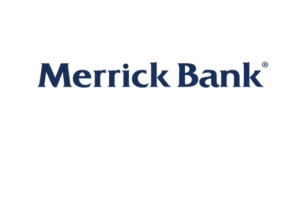Effective Online Financial Education Does These Three Things
Whether you’re an at-home investor looking for some advice on how to make the most of your money, or an education program wanting to improve its services, you might be wondering what are the building blocks of really effective online financial education? Zachary Trebbi and Joshua Kiley believe they have the answer – entertaining, engaging content, ongoing mentorship, and a tailored curriculum.
The duo are Tik Tok entrepreneurs and co-founders of the online stock market learning platform CEOWatchlist. Their simple, data-backed approach to bringing financial literacy to the masses has become enormously popular – with viral videos reaching millions of viewers and a thriving education program. In a world of social media-driven financial misinformation, here is what Trebbi & Kiley think are the hallmarks of effective online investment education.
-
Entertaining And Engaging Content
Particularly important when programs target customers with very little prior knowledge of the stock market. As Zachary Trebbi says, however, the process of distilling such a hugely complex subject down into entertaining, easily-digestible pieces can be a challenge.
“Gathering the data on how to market the importance of financial literacy to the younger generation was a difficult task.” It took the duo time – time that they believe was well spent. Trebbi adds, “Through a lot of trial and error, we found the perfect combination to reach the eyes and ears of the social media hordes.” Success came with one video in particular gaining over 17 million views worldwide.
-
Ongoing Mentorship
Pre-recorded videos can offer excellent advice, but nothing beats live-streamed classes where the teacher is on hand to answer questions from viewers as they arise. Great programs go one better, say Trebbi and Kiley, and offer an ongoing mentorship scheme to support students along their investment journey.
“Anyone can go and watch a video or read a book about investing, but what happens when you think you’ve put everything into action perfectly but you still fail?” Trebbi argues.
“Students have no one to ask where they went wrong, they will question themselves, and that doubt will hinder their learning and growth.”
By contrast, the CEOWatchlist pair is hands-on with their students and interact with them daily. Trebbi explains, “In a comparable sense, it’s like going to the gym on your own after reading a book on how to work out versus hiring a personal trainer.” The result, according to Trebbi and Kiley, is more knowledge – and an opportunity for the teachers to tailor the curriculum to benefit their students most effectively.
-
A Tailored Curriculum
With a subject as vast and complex as the stock market, there’s no point teaching the same investment principles to a young professional as to a 60-year-old retiree. Their risk profile, investment time, and goals are very different. Zachary Trebbi says, “Connecting with people and understanding the human mind is very important to succeed in this industry.” He adds, “Unfortunately, a lot of businesses will give out a ‘cookie cut’ version of their education program without taking into account each individual’s risk tolerance, goals, and time availability.”
For Zachary Trebbi and Joshua Kiley, the result is an investment education program that works for its students. One that follows the principle of “teach a man to fish rather than give a man a fish.” In their words, “We will not ever advise our students on what to invest in, but what we will do is teach our students to become independent and knowledgeable so they can handle their own finances and investments.”



